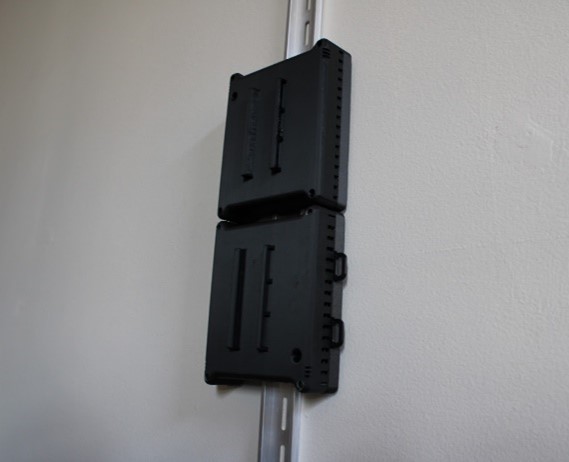
What is a Prototype and Techniques?
Explore prototype engineering techniques, from low to high-fidelity prototypes, and rapid prototyping methods for product development.
The journey from an initial concept to a fully realized product involves a meticulous and multi-stage process known as the engineering product development process. This comprehensive cycle is critical in transforming innovative ideas into market-ready products. The phases of this process include proto engineering, Engineering Validation Testing (EVT), Design Validation Testing (DVT), Production Validation Testing (PVT), and Mass Production (MP). Each stage plays a pivotal role in ensuring the final product meets all design, functionality, and market requirements.
The engineering product development process begins with conceptualizing and designing the product. This phase is where the foundation for engineering product design is laid. Engineers and designers collaborate to create a detailed blueprint of the product, focusing on aesthetics, functionality, and feasibility. The initial design phase also includes extensive market research to understand consumer needs and preferences.
Following the conceptual phase, the first tangible step is proto engineering. A prototype, also known as EP (Engineering Prototype), is built. This stage involves creating a low-quantity (typically 1-10 units) run of the product, combining engineering and design to produce a Minimum Viable Product (MVP). In this phase, leverage off-the-shelf components to construct a foundational architecture and validate core functionalities. A prototype, built using these components, will serve as a testing ground for design iterations and performance evaluations. The resulting parts and model database will be instrumental in obtaining cost estimates from manufacturers through RFQs.
Lorem ipsum dolor sit amet, consectetur adipiscing elit. Ut elit tellus, luctus nec ullamcorper mattis, pulvinar dapibus leo.

Lorem ipsum dolor sit amet, consectetur adipiscing elit. Ut elit tellus, luctus nec ullamcorper mattis, pulvinar dapibus leo.

Lorem ipsum dolor sit amet, consectetur adipiscing elit. Ut elit tellus, luctus nec ullamcorper mattis, pulvinar dapibus leo.

Lorem ipsum dolor sit amet, consectetur adipiscing elit. Ut elit tellus, luctus nec ullamcorper mattis, pulvinar dapibus leo.


Explore prototype engineering techniques, from low to high-fidelity prototypes, and rapid prototyping methods for product development.

A minimum viable product (MVP) for hardware is about finding the fastest path to generating revenue.

Discover the key stages of engineering product development, from concept to mass production, ensuring market-ready, high-quality products.